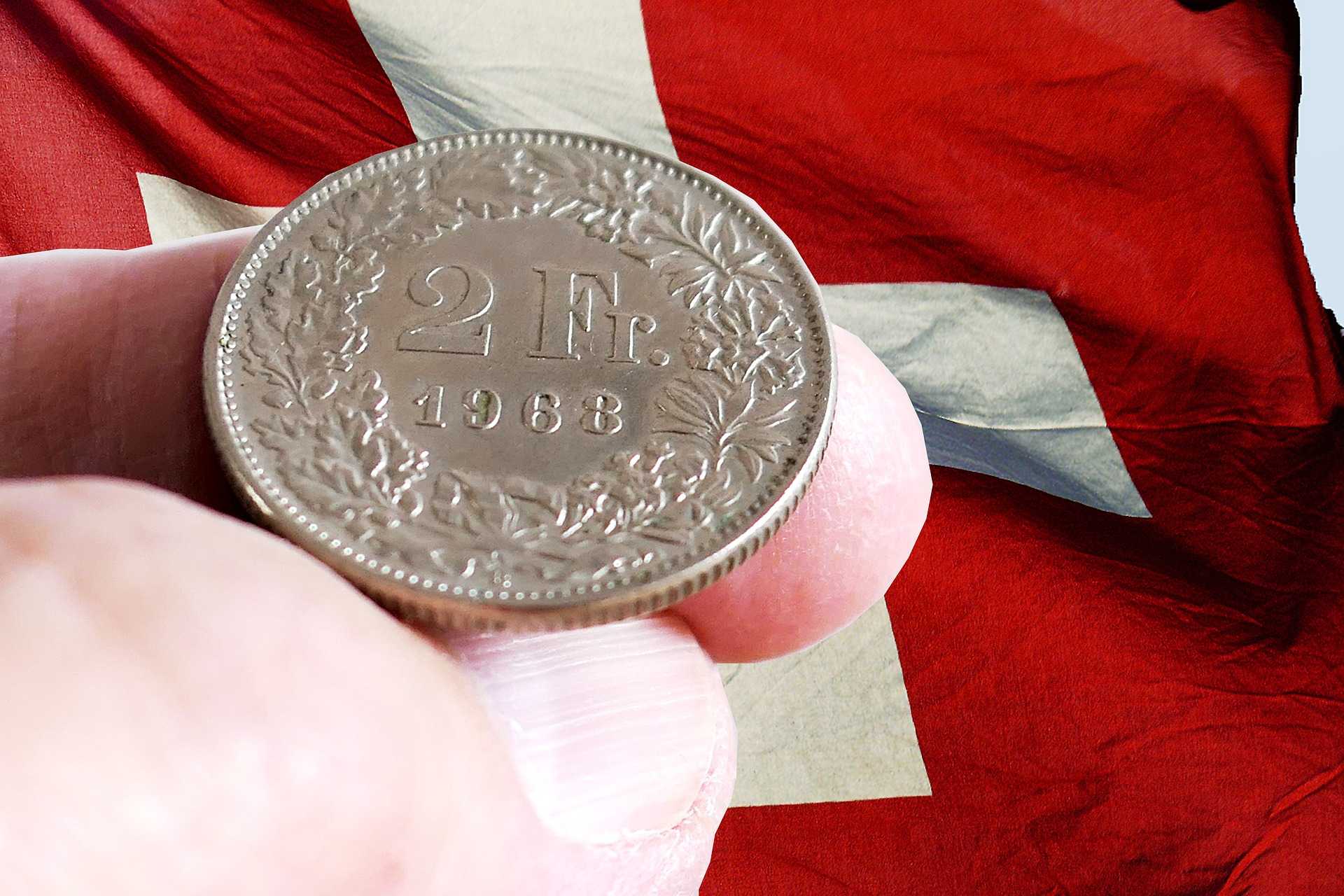USD/CHF currency pair soared past September 2020 highs, closing at 0.9309 levels last week on Friday, March 5, 2020 to hit multi-month highs.

Bond yields are moving higher. Federal Reserve Chairman Jerome Powell stated Thursday that the bond yield moving higher is not a disorderly move, which has reassured investors, and the US dollar has surged higher to close at 91.99 levels last week.
USD/CHF Continues to Rally towards July 2020 Highs
The USD/CHF started its spiral upwards from the lows of 0.8750 levels in the first week of January 2021 to 0.9309 levels on March 5, 2021. The safe-haven Swiss currency is at multi-month highs as it has fared better than other currencies.
In three months, between January and March, the USD/CHF has moved in a positive direction, from 0.8750 to 0.9300. There was strong support at the 0.8750 levels reached in January 2015 and strong resistance at 0.9310 levels, last reached in July 2020.
Switzerland Sinks into Recession
The Swiss economy faces many business closures as the pandemic ravages across the country for the second time. Lockdown and restrictions have hindered the economy. Restaurants and tourism have been the worst hit.
The Unemployment Rate in Switzerland has gone higher in January 2021 at 3.7%, the highest since 2010. According to data released by the State Secretariat for Economic Affairs (SECO), unemployment has increased to almost 170,000.
The rollout of the vaccination program in Switzerland is not very speedy, and the current lockdown has been extended, with the new variants of the coronavirus increasing health issues. The lockdown from January 18 has helped to reduce the infection of the virus. President Guy Parmelin has appealed to people to prevent a third wave of corona infection by maintaining social distancing, wearing masks, and avoiding large gatherings.
Retail sales in Switzerland have gone down 0.5% in January 2021, year-on-year. After the plunge in retail sales in April 2020, this is the first decline as the country went to a lockdown in mid-January. Sales of non-food items, cultural and recreation goods, service stations, household equipment, and textile have come down, which is not good for the CHF. In a bid to reduce contacts, the government has adopted restrictive measures to control the rise in the highly contagious virus variant. The closure of non-essential shops has affected small businesses.
Manufacturing PMI in Switzerland has increased in February 2021 to 61.3, while it was 59.4 in January. The reading is above market expectation of 60.0, the steepest monthly expansion since August 2018. Sectors that have done well are in production, new orders, purchasing volume, employment, and purchasing price.
Consumer Price Index (CPI) has increased to 100.22 points in February. In January 2021, it was at 100.06. The increasing growth in categories like transport, housing, and energy, restaurants, hotels, and recreation have played a significant role in building up the economy and the Swiss currency.
PPI m/m has come down from 0.5% in January 2020 to 0.3% in February and below forecast at 0.4%, acting negatively on the Swiss franc.
Foreign Currency Reserve in Switzerland has gone up in February 2021 to 896 CHF billion, while it was 892 CHF billion in January 2021. The reserves include gold and other important currencies.
The GDP in Switzerland has grown by 0.3% for the quarter ending December 2020. It has eased from an upward revision at 7.6% in the previous period. The second wave of coronavirus infection has affected the economy, especially in bringing down private consumption, food, and electronics. Exports have gone down lower than imports. The GDP has come down 2.9% year on year. The decline in GDP is expected to spill into the first quarter of 2021 too.
GDP in Switzerland has come down in 2020, the worst since many decades earlier. The government furlough program has helped the people, but the government may not be supportive for long, say top officials.
US Dollar Index
THE new US stimulus package, which brings vast spending, has been positive for the US dollar. Fear of inflation is now rampant among investors. The US economy looks promising, with covid-19 vaccinations gaining strength and the fiscal package bringing in additional spending among people.
The US dollar has gained against a basket of other currencies, especially as the US Treasury yields have moved higher in an orderly manner. The USD/CHF is at a 5-month high. USD/JPY is at a 7-month high.
EUR/CHF
The EUR/CHF is at 2021 highs, surging forward to reach 2019 levels. The Euro to Swiss franc closed at 1.1094 last week. The EUR/CHF is moving ahead with zest, but investors have to brace themselves for a move downward. The weakening euro is the cause for the surge in the CHF say, experts.
GBP/CHF
The GBP/CHF currency pair is on a continuous march upwards. It is at the 2021 high levels. Almost every day, the British Pound against the Swiss franc shows a green candle. The GBP/CHF closed at 1.2885 levels, placed at December 2019 levels.